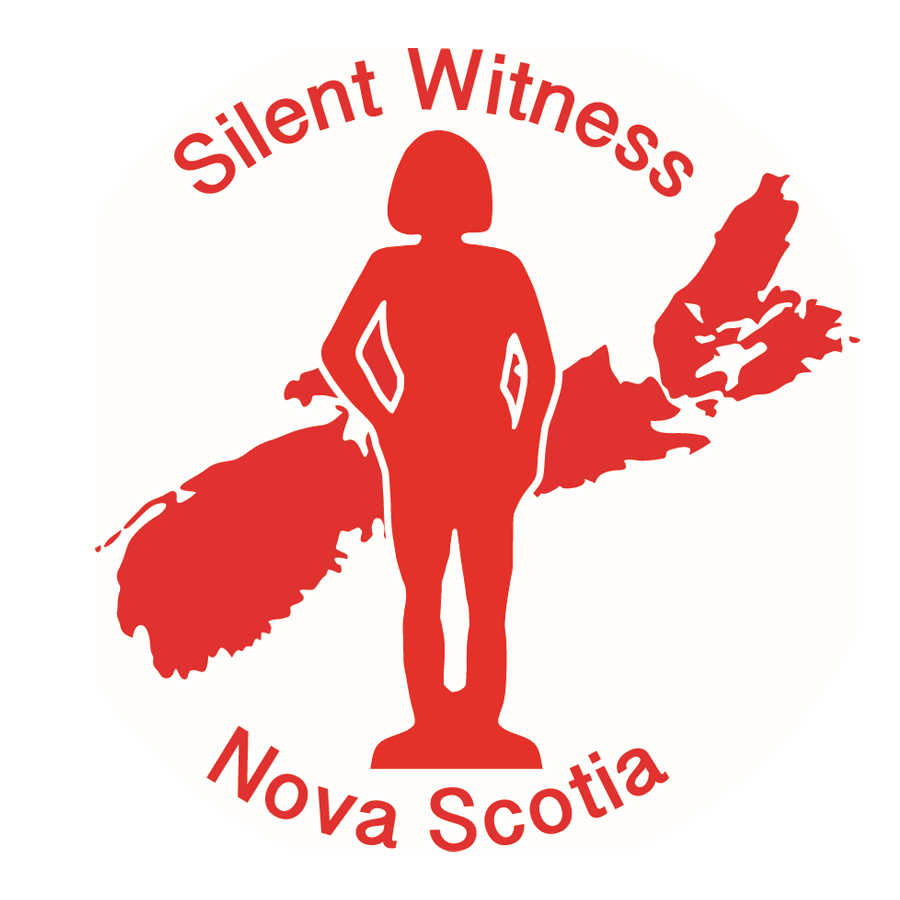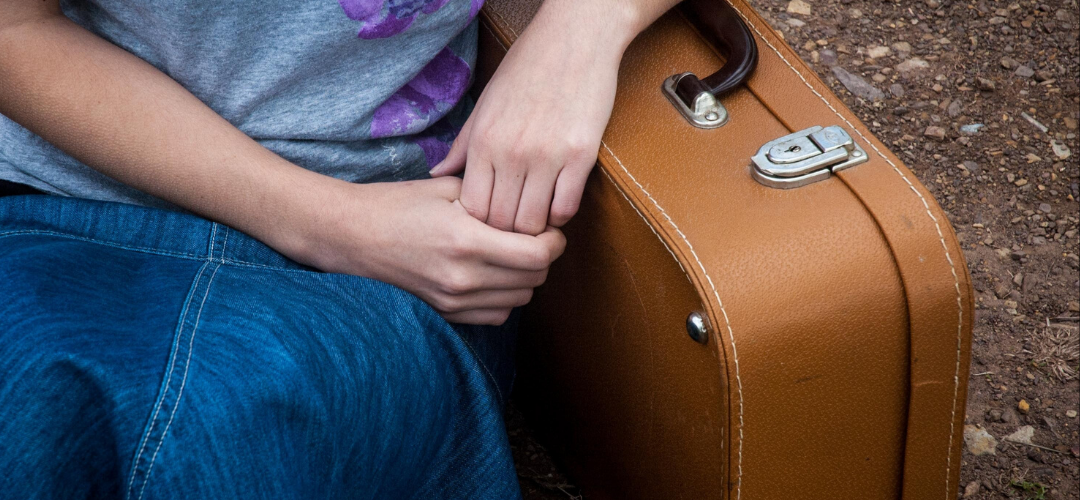A safety plan is essential if you:
- Are living in an abusive environment
- Considering leaving an abusive environment
- Have left and do not want to return to an abusive environment
Anyone can make a safety plan and they don’t have to be physically written down to be effective.
What is a safety plan?
A safety plan is a set of preparations made to increase the safety of someone who may be in danger. If you, or someone you know is experiencing abuse or family violence, a safety plan could mean the difference between life and death.
If you know someone living in an abusive situation, please share this information with them verbally and in private before forwarding links or giving them printed resources. It is highly likely their abuser is monitoring them closely.
Safety Plan: Emergency Escape
An emergency escape plan helps you prepare in advance for immediate escape.
Peel Committee Against Woman Abuse recommends the following when planning to escape:
- Keep originals of important documents belonging to you and your children outside of the home in a safe place. Make photocopies or keep pictures of them for regular daily use when possible.
- Passports, birth certificates, First Nations Status cards, citizenship papers, school records, prescriptions, vaccination records, social assistance information, work permits, marriage certificate, divorce papers, etc.
- Keep all daily use cards inside of your wallet.
- Social Insurance Card
- Credit/debit cards
- Health cards
- Driver’s license
- Keep your wallet in your purse and your purse handy and always containing the following:
- Keys for home, car, safety deposit box, workplace etc
- Address telephone/book
- Phone/phone charger
- Hidden emergency cash
- Picture of spouse/partner
- Prepare the following to be handy, so you can grab them quickly:
- Emergency suit case containing items for immediate use like, underwear, some toiletries and a change of clothes, a work uniform, etc. Pack lightly.
- Toys/Special comforts for children
- Medications
- Jewelry and items that can be pawned
- Special sentimental items
- A list of other belongings that you would like to collect if you, or someone you know, gets the chance to return home to collect more items.
- Other preparations to consider:
- Open a bank account in only your name and arrange that no bank statements are mailed or emailed to you.
- Save as much money as you can – every spare nickel and dime counts!
- Set aside money for emergency cab fares (even if you have a vehicle) and quarters for a pay phone (even if you have a cell phone).
- Plan and rehearse steps of the emergency plan
- Tell someone you trust, like a family member or friend, a code word or phrase for when you are executing your plan.
More information on safety plans
There are more options to consider when fully forming a safety plan depending on your individual situation.
Safety plans should be made for:
- While at work
- During a violent incident
- For the children if they are at school or at home
- Clearing online activity
- A list of resources you can call in your community and how to safely contact them
The Full Safety Planning Guide
The information from this post was drawn from Creating a Safety Plan – a guide developed by Peel Committee Against Woman Abuse.
To read and print off the full guide, click here.
To speak to someone about your situation, call Transition House Nova Scotia’s 24/7 toll free help line: 1 855 225 0220
If you or someone you know is in immediate danger call 911.





